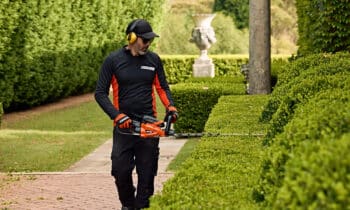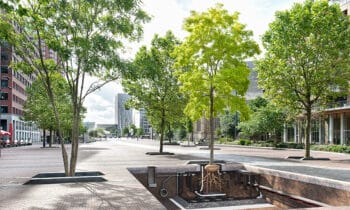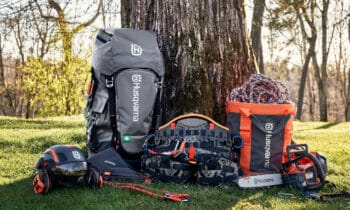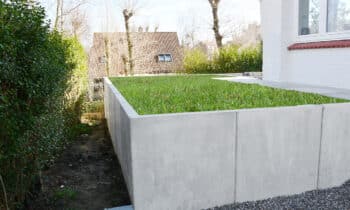
Essential tips from a professional - How to lay out a massive with rhododendron
The soil must be sufficiently permeable, as the rhododendron does not tolerate wet feet. It is actually a must to mix rhododendron soil or peat through the soil or apply it to the planting hole. Other considerations also play an important role in the successful planting of a rhododendron massif.
Ideal acidity of the soil
The acidity of the soil is an important factor: a pH of 4.5 - 5.5 is ideal. If in doubt about this, taking a soil sample is recommended. Work in dried cow manure into the planting hole or throughout the area, a rate of 25 kilograms per acre for smaller plants and 35 kilograms for large plants. Rhododendron soil and cow manure are available from Rhodes Nursery. This allows you to start planting immediately, without having to order anything else elsewhere.

Do it yourself or have it done?
If you have little time, or if you want to have your massif laid out in a quick and good way, Rhodes Nursery offers a planting service for gardeners and landscapers. The main thing is to build a beautiful massif that is still attractive in terms of price. For example, it makes no sense to use perfect plants in the middle of a massif, rather choose plants that are bare at the bottom (B-quality), this way you reduce the price.
Choose the ideal height
Decide in advance what should be "hidden" or, in other words, how bulky the massif should be in relation to the rest of the garden. For a free-standing massif with multiple views, place the tallest plants in the center. These may be bare at the bottom. If it's about a massive with a back wall, place the tallest plants at the back.

Determine the depth of the solid
To work with different grades, a depth of about four meters is necessary. If this is not the case, take AB or A grade (depending on the customer's budget). On the sight side at least always place an AB quality. These plants are sure to have a side that is beautiful. If the customer has really high demands, take an A quality for the sight sides.
Determine the color of the solid
Rhododendron ponticum is often chosen, but cultivars also offer many possibilities. Usually a solid is built in one color. It can also be done in multiple colors, but then plant in color groups. Putting a single plant here and there in a different color has little effect and comes across as messy. Also play with the flowering times, this way you prolong the pleasure for your customer.
When laying out, always make sure the plants fit together nicely. Frequent observation and correct rotation if necessary is a must. After planting, prune away protruding branches and "shape" the massif, preferably with manual hedge trimmers. Also remove flower buds immediately after planting or after flowering. To be safe (and for warranty reasons!), place a drip hose between the plants. Let drip for four hours, every two days in dry weather.
Finally, leave any leaves that fall from surrounding trees between the massif! After all, rhododendrons need ground cover with organic material. At Rhodes Nursery, we are not big fans of bark or wood chips. These contain too many substances that inhibit root formation and a rhododendron simply roots very shallowly.

Tip for an exclusive solid
Rhododendron Himalaya is a species that grows very slowly (thus low maintenance or pruning) and is excellent for use along driveways and entryways. The beautiful grayish leaf colors as well as special flowers provide an exclusive effect. They are available in heights up to 200 centimeters. Gardeners and landscapers are welcome to send their plans, Rhodes Nursery will draw the plants on it.




